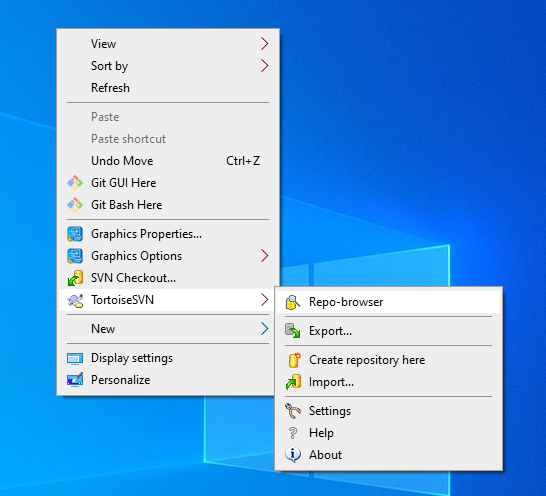
Start by creating a directory where you will store the working copy. The first step when using TortoiseSVN, is to download a local working copy of your repository. To download TortoiseSVN, simply double click the installer file and follow the onscreen instructions. It is available in both 32-bit and 64-bit flavors. TortoiseSVN is GNU General Public License software that you can download for free from. TortoiseIDiff can display two images side-by-side, and display images blended over one another.
TortoiseIDiff - displays the changes made to image files, as it’s not possible to use a standard file diff tool for images. TortoiseBlame - displays who is responsible for a particular change, and the log message for the corresponding commit.  TortoiseMerge - a diff / merge tool that displays the changes made to particular files. TortoiseSVN also comes with some useful tools for version control: Powerful commit dialog - with integrated spellchecker, auto completion capabilities, and the ability to double-click on a modified file to open the diff program. You will not see any commands you cannot use within the current context. Context-aware sub-menu - available commands are filtered based on the selected file or folder. Windows integration, which allows you to work with tools you’re already familiar with.
TortoiseMerge - a diff / merge tool that displays the changes made to particular files. TortoiseSVN also comes with some useful tools for version control: Powerful commit dialog - with integrated spellchecker, auto completion capabilities, and the ability to double-click on a modified file to open the diff program. You will not see any commands you cannot use within the current context. Context-aware sub-menu - available commands are filtered based on the selected file or folder. Windows integration, which allows you to work with tools you’re already familiar with.  Easy access to all Subversion commands though a TortoiseSVN sub-menu that’s automatically added to the Windows context menu. Icon overlays, which allow you to see the status of every versioned file and folder at a glance. The key benefits of using TortoiseSVN include:
Easy access to all Subversion commands though a TortoiseSVN sub-menu that’s automatically added to the Windows context menu. Icon overlays, which allow you to see the status of every versioned file and folder at a glance. The key benefits of using TortoiseSVN include: 
As it isn’t integrated into a specific IDE it can be used with a range of development tools for example, it can be integrated into Microsoft Visual Studio using a third-party plugin such as VisualSVN. TortoiseSVN is a popular Apache Subversion client for Windows, implemented as a Microsoft Windows shell extension.







 0 kommentar(er)
0 kommentar(er)
